Nurses tend to spend a lot of time on their feet, leading to swelling and soreness in their lower limbs.
Luckily, support socks for nurses can provide them with relief by promoting blood circulation and preventing blood from pooling in their feet and calves.
Read on below to learn everything you need to know about support socks for nurses.
What are Compression Socks?
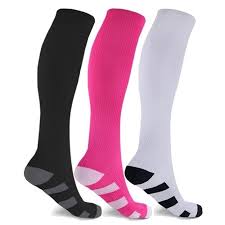
Medical practitioners commonly wear them and doctors highly recommend them to treat varicose veins and to prevent the formation of blood clots in the lower limbs.
How Do Compression Socks Work?
In simple terms, compression socks work by increasing blood flow in your lower legs and feet. This helps the blood to flow back to your heart and throughout the body.
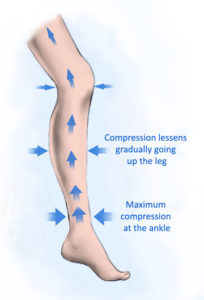
The veins in your legs have to work extra hard to push blood back to the heart against the downward pull of gravity.
This is where compression socks come in. They apply pressure to the legs and this helps squeeze blood back to your heart.
These socks work by pressing the walls of the veins and leg tissues, thereby helping your blood to work its way against gravity to the heart.
This enhances blood circulation and helps remove lymph fluids that accumulate in your legs, lessening muscle fatigue, swelling, and aches.
Common Nurse Complaints

Varicose veins—This is an ailment that is caused by blood pooling up in the vein as a result of the walls of the veins losing their firmness. Nurse compression socks help to increase the rigidness of the veins which leads to an increase in blood circulation. The veins also return to their normal condition with regular use.
Cramps—Cramps can develop when the muscles produce waste materials that cannot be quickly removed from them. Slow blood movement causes lactic acid and carbon dioxide to stay in the muscles for longer.

Aching legs—Nurses are prone to inadequate blood circulation. This means that when their blood flows slowly, nutrients and oxygen in the blood do not reach the muscles that need them in time. As a result, the muscles become tired.
Swollen legs– When fluids that need to be removed from the legs and feet cannot enter the bloodstream, this fluid pools up, causing puffy skin and pain in the muscles.
Deep vein thrombosis – The existence of blood clots in the veins in the thigh can cause the legs to become puffy and swell. In severe cases, this can even be lethal.
Compression stockings/socks are special socks made specifically to increase the circulation of blood and oxygen in your legs and feet.
What Different Strength Compression Socks are Available for Nurses?
The strength of compression knee-high socks is measured in millimeters of mercury (mm hg). This is a measure of blood pressure.

5-10mmHg: These are weak compression socks that help nurses reduce circulatory issues. Do not use these socks if you suffer from varicose veins.
10-20mmHg: These are medium-strength nursing socks that help nurses combating mild leg and blood pressure problems.
20-30mmHg: If you are suffering from a heavy case of varicose veins, severe leg pain, or swelling, then these string compression products are for you.
30mm Hg: These are medical-grade nurse socks that can only be bought with a prescription. They are not available in the market.
Most support socks for nurses have a moderate pressure rating of 10—20mmHg or 20-30mmHg.
If you are having a busy day at the hospital, then you will need socks that are tighter near the ankle than at the calf to prevent your circulation from being negatively affected by the pressure of your socks.
The Benefits of Using Nursing Compression Socks
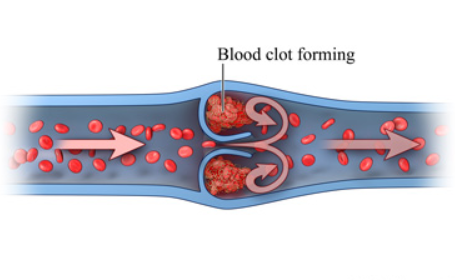
- Increases and improves blood circulation—We know that compression knee-high socks are essential for blood flow, but why does this matter? Good blood circulation will prevent your legs from numbness, cramps, and tingling. Better blood flow on the job will help keep you comfortable while you are working.
- Prevent the development of blood clots—Nurses love compression garments because they can suppress swelling, but that’s not the only thing. They also help mitigate the symptoms caused by varicose veins, skin ulcers, and deep vein thrombosis. What’s even more exciting is that compression socks prevent varicose veins that result from weakened valves and veins that slow down blood flow.
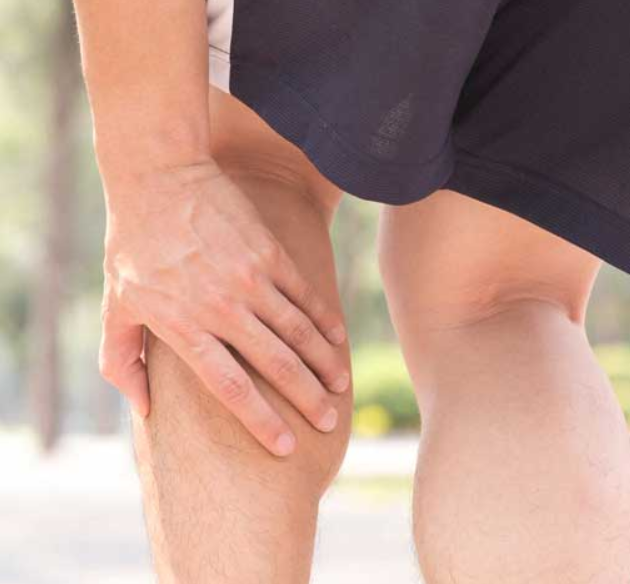
- Reduce legs and foot pain—It is common for your leg to hurt after standing throughout your shift. Unfortunately, most nurses do not have the opportunity to sit down and rest since emergencies can come through the door at any moment.
By wearing compression socks, you will experience less pain in your legs and feet. Compression stockings increase the circulation of blood in your legs, making it easier for your circulatory system to supply oxygen to your muscles. This will help remove lactic acid from your muscles, keeping your feet and legs healthier regardless of how long you have to work.
- Prevent varicose veins —Varicose veins are caused by blood accumulating in your legs, creating pressure that causes the veins in your legs to become distended and twisted. Apart from the cosmetic disadvantages of this, your legs will also feel itchy, tired, and sore. Wearing a pair of nursing compression stockings during your shift will prevent varicose veins since your socks will regulate the pressure in your legs. These garments gently squeeze your legs to prevent blood from collecting in your legs and feet.

- Prevent your feet and legs from swelling—Apart from pain, swollen legs and feet can also be caused by long hours of working on your feet, adding to your discomfort. Discomfort stemming from swollen calves can make it difficult to attend to patients who need emergency care. Wearing compression socks will help keep your legs and feet from swelling and you will feel more comfortable and will be better able to concentrate on your job.
Other Benefits
Reduces muscle fatigue and soreness,
Reduces the chances of sustaining muscle micro-tears,
The wedge/cushioned heel and toe provide added comfort,
Reduce lactic acid buildup and help muscle recovery in your calves, ankles, feet, and legs.
How to Choose Compression Socks for Nurses
Finding the right compression socks for nurses isn’t rocket science. There are a few factors you have to consider to find the compression socks that not only work for your feet and legs but also provide you with the comfort you need. Here are some of the things that you should look for.
Correct Size and Length
Compression garments can vary based on size and length. The size and length of the socks you choose can affect the circulation of blood in your body.
Compression clothing can also cover a wide area of your body, including the calf, the foot region, the knee region, or the entire leg. As a result, users can derive a wide range of benefits from using them, based on their particular needs. Having a good idea of what you desire from using compression clothing will greatly help you make a better purchasing decision.
Perfect Fit
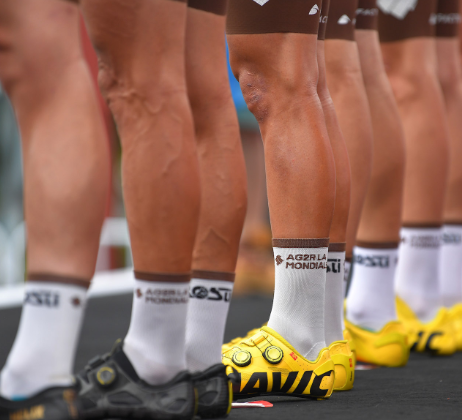
You shouldn’t fit compression socks by shoe size. Why? Somebody with shoe size 8 may have a very muscular calf or a very thin calf. The best way to get the right fit is to measure the circumference of your ankle and your calf using a measuring tape and then buy the right-sized socks based on your calf size.
Material
You can find nursing compression socks in a wide range of materials, each of which serves a different purpose. Most of the materials used to make compression socks are strong, durable, breathable, and stretchy.
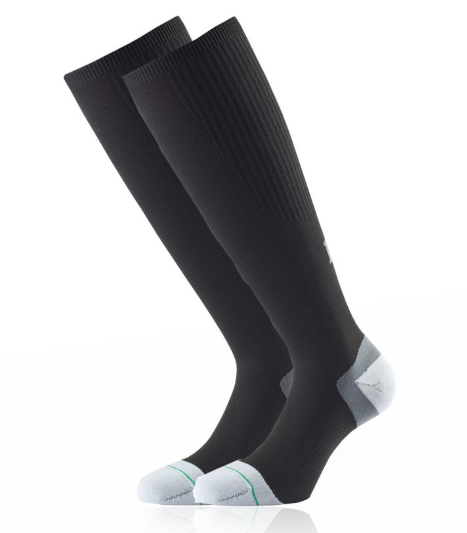
Some materials that can offer great compression whilst being soft and comfortable include nylon, polyester, merino wool, elastane, Drystat, Lycra, Polyamide, Polyproproline, and many others.
In some cases, the manufacturer can make compression socks from a combination of several materials to offer you with greater flexibility, compression, antimicrobial properties, warmth, and many other benefits.
How the materials are combined varies greatly on the primary purposes of the compression socks. This allows the user to select the variation that is best suited to his or her needs.
Compression Technology
Compression technology ensures that your compression socks work as promised. We can characterize compression in compression socks as light, moderate, firm, extra -firm, or heavy compression. The most effective way to ensure that any pair of compression socks are as effective as the manufacturer says is by checking product reviews to see what users who have tried them say.
Most Beneficial Types of Compression Socks for Nurses
Compression socks can be classified into two categories; uniform compression socks, and graduated socks. Graduated compression stockings apply the largest amount of pressure on the ankles and feet and as they get higher up the legs, the pressure decreases.

These types of compression garments promote better blood circulation and side effects are prevented.
Most support socks that are designed for nurses are graduate socks because they provide the most benefits.
In addition to medical benefits, there are many stylish compression socks available in the market that fuse fashion with function. Here are are few recommendations with regards to compression socks that we think our fashion-conscious readers will enjoy wearing.
How to Use and Care for Compression Socks
To derive maximum benefits out of your compression socks, it is important that you learn how to use and maintain them.

- When you select a pair of support socks, make sure they are the right size. Selecting tight or lose socks will cancel the benefits that the socks offer and will result in inaccurate levels of compression.
- To make an informed decision about the right socks, some companies provide their users with information to help them accurately measure their feet and legs in order to find the size that is right for them.
- Do not wear uneven compression items on your legs to avoid an uneven distribution of compression between your right and left legs. Only do this if prescribed by your physician. If you mix and match compression socks, you will lose the primary benefits of your compression garments.
- When you are off from work, sleeping, or relaxing, remove your compression socks because your feet and legs need to relax and there is no need for additional compression at such times.
- When washing your compression socks, avoid harsh drying or wringing out the socks unless recommended by the manufacturer since doing this might cause an alteration of the fabric’s size, elasticity, or compression gradation.
- To prevent damage to your compression socks, avoid wearing lotion or harsh oils on your feet as these substances can affect the fabric of your socks. Also, change your socks every 3-6 months or interchange them for maximum benefit.
Popular Articles on ComproGear
Best Compression Socks for Edema What Are the Best Compression Socks for Swelling?
Paradox Associated with Wearing Compression Socks
Believe it or not, there is a paradox associated with wearing compression socks. For example, if you have purchased these socks to deal with bothersome legs swelling, but the swelling is making it hard for you to put them on, what can you do?

Here are some tips to help you out.
- Wear dishwashing gloves to get a better grip.
- Roll the compression socks before you put them on. This way you can easily roll them up to your leg.
- Apply cornstarch to your legs before wearing your socks.
- Apply some talcum powder.
They are many additional tips that you can find on the internet to give you an idea of what to do to make it easier to wear your compression socks.
Frequently Asked Questions

Where Can I Buy Compression Socks?
You can purchase compression socks at local sporting goods retailers, an athletic footwear store, a one-stop retailer such as Walmart, online via eCommerce websites such as Amazon and Zappos, and at specialty stores. It is important to decide on which shopping store you want to shop at before buying a pair of compression socks because each shopping store comes with its own advantages and disadvantages.
If you enjoy discussing your preferred items with knowledgeable staff before making a purchase, shop at an athletic footwear store or specialty store because these stores have knowledgeable staff who can help you with your buying choices.
However, if you make your choices by reading reviews, opinion pieces, or comparison lists, you might prefer shopping at an eCommerce store or online.
Do You Need a Prescription to Buy and Use Compression sock?
It depends. In most cases, you don’t need a prescription to buy compression socks. Besides, there are many compression socks sold online by retailers and various other outlets.
The only time you might need a prescription to buy compression socks is when you have a medical condition.
If that is the case, then you should speak to your physician prior to buying a pair so that they can recommend the best option for you to improve your particular condition.
When Shouldn’t Someone Wear Compression Socks?
Nurses who are dealing with cardiovascular issues, have skin rashes, have poor blood circulation, or any other medical condition that is easily affected by wearing compression garments of any kind should not use compression socks. They should seek the advice of their doctor so that they don’t put their bodies under pressure or change their blood flow.
How Will I know if I Require 15-30mmHg or 20-30mmHg Pressure?
The benefits of compression socks outlined above are provided by socks graded in the 15-20mmHg range.
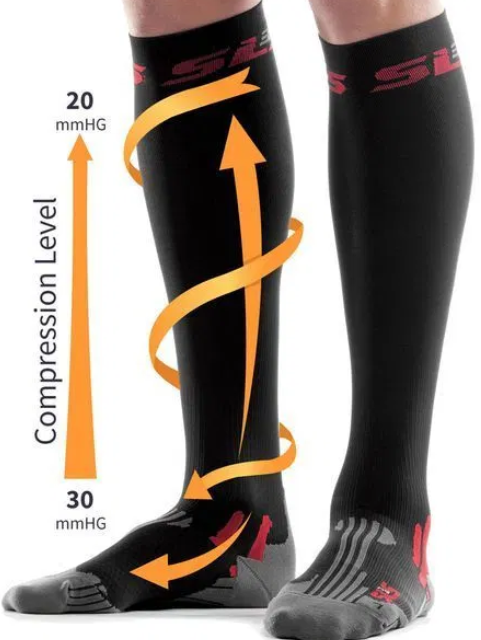
However, 20-30mmHg graduated compression socks are medical-grade and are highly recommended by doctors as well depending on the needs and condition of the user.
I Already Own a Tight Pair of Socks. Will They Provide the Same Benefits as Compression Socks?
Yes, your socks might be tight but this doesn’t mean that they provide you any health benefits. In fact, some tight socks can inhibit blood flow in your lower body.
Unlike tight socks, compression socks feature gradient pressure technology. The graduated compression technology ensures maximum comfort and effectiveness.
How Regularly Should I Wear My Compression Socks? Can I Put them On as I Sleep?
You can wear compression socks every day. You can sleep in your compression socks as long as you feel comfortable. If you feel any discomfort or any kind of pain, stop sleeping in the socks immediately.
How Should Compression Socks Feel When Worn?

When you wear compression socks, your legs should feel well supported. These socks usually feel slightly tight, but never painful. They will make your legs feel nice, massaged, and rested.
Do I Need to Have a Medical Condition to Use or Enjoy Compression Socks?
Many people have poor blood circulation in their legs and suffer from swelling, spider veins, and varicose veins as a result. Compression socks can help with these issues.
Most support socks for nurses are designed for everyone so buy yourself a pair today.
This page last updated December 15, 2022
